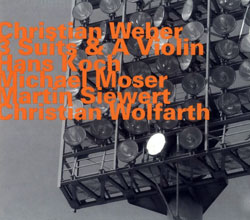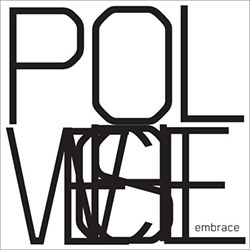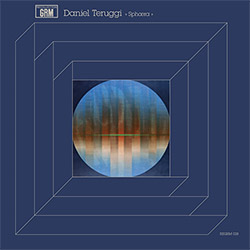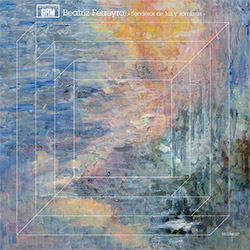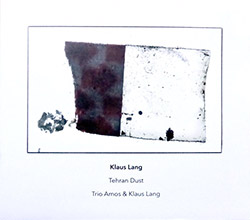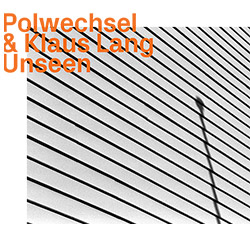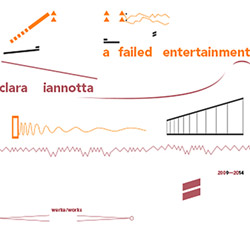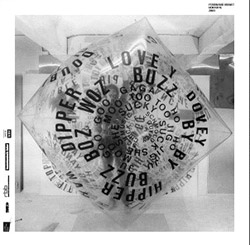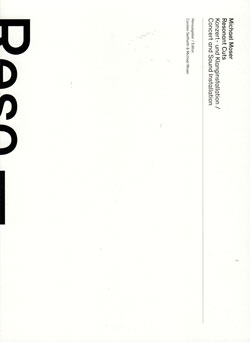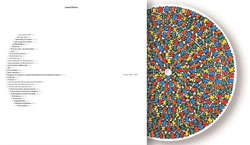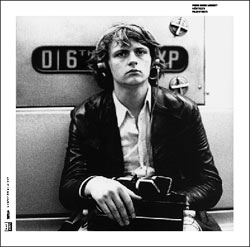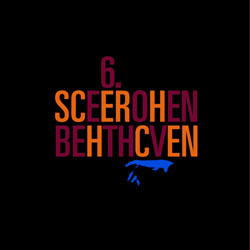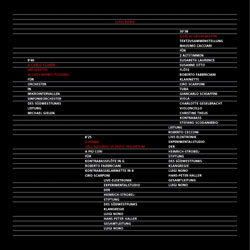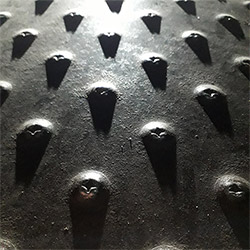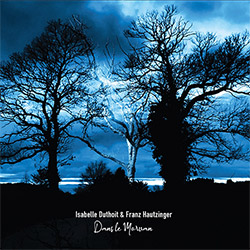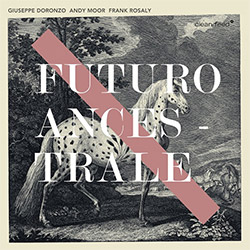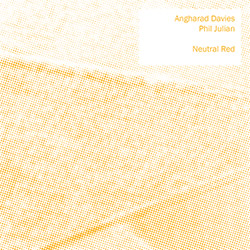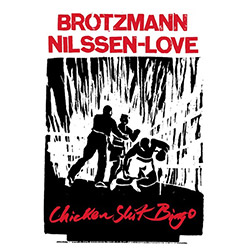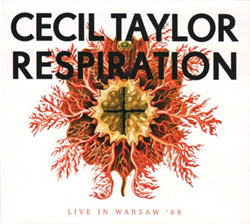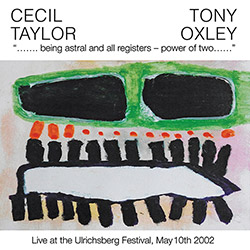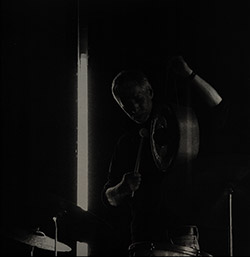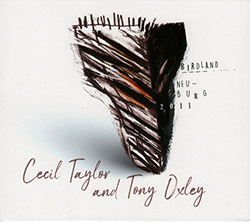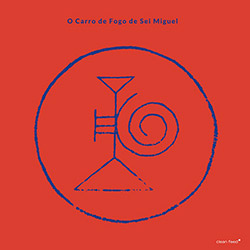![Moser, Michael: Antiphon Stein [2 Vinyl LPs] (Edition Rz) Moser, Michael: Antiphon Stein [2 Vinyl LPs] (Edition Rz)](https://www.teuthida.com/productImages/misc4/22213.jpg)
A site-specific sound installation in the nave and choir of Minoritenkirche in Krems/Stein that engages with the architecture and sound of this church space from composer Michael Moser working with Berndt Thurner, Klaus Lang, Hannah Schwegler and Nik Hummer.
In Stock
Quantity in Basket: None
Log In to use our Wish List
Shipping Weight: 38.00 units
Sample The Album:
Michael Moser-composer, electronics
Berndt Thurner-drums, percussion
Klaus Lang-organ
Hannah Schwegler-text
Nik Hummer-text
Click an artist name above to see in-stock items for that artist.
Includes a booklet with text in English and German.
UPC: 4029455901003
Label: Edition Rz
Catalog ID: ed. RZ 9010-11
Squidco Product Code: 22213
Format: 2 LPs
Condition: New
Released: 2016
Country: Austria
Packaging: LP - Gatefold w/Booklet
Recorded at Klangraum Krems Minoritenkirche in July 2011 by Laura Endres and Michael Moser
"Antiphon Stein is a site-specific sound installation in the nave and choir of Minoritenkirche in Krems/Stein that engages with the architecture and sound of this church space. The material used are hanging and lying flat objects of glass and metal that are played with sound pressure transducers. These objects thus become membranes that resonate in their entire surface and mass, exuding sound to the surrounding space.
The initial sounds for the installation are largely generated using a special four-channel recording technique; after the digital editing, they are left in their special four-channel arrangement, since capturing the sound from various spatial perspectives and distances allows an acoustic image of the existing space to emerge. The sound of the specific space thus plays a central role in the overall acoustic image.
By way of the stringency of the early Gothic architecture, the placement or hanging of the surface objects leads to the bipartite, responsorial form of the work. Below in the nave, the eight glass plate objects, each hanging between the powerful columns, above in the former choir the tripartite metal work, arranged on the floor on white felt, thus not visible, but only audible from below.
The intimacy of the apse with its triptych of metal objects contrasts with the expansiveness of the nave, with the glass surfaces hanging at a great distance. The light design, from the dark nave to the apse flooded in light, seeks to continue this dialogue.
The sounds small compositional miniatures of a duration of three to seven minutes, above more organ, below more cymbal sounds, percussion, resonant glass are combined by the computer on the basis of a precise score into ever new constellations: aleatory in part, sometimes in fixed series and interrupted by interludes that represent in temporal intervals of thirty minutes the only moment in which an individual sound file can access all surface objects in both spaces."-Edition RZ
Includes a booklet with text in English and German.
Artist Biographies
• Show Bio for Michael Moser "Michael Moser, born 1959 in Graz, Austria, studied cello in Graz and Vienna. He is intensively engaged with different forms of contemporary music: improvisation, performances, music for theatre and film, experiments with live-electronics. Numerous pieces for cello solo have been composed at his suggestion. He has collaborated with distinguished artists such as Peter Ablinger, Bernhard Lang, Isabel Mundry, Helmut Lachenmann, Alvin Lucier, Klaus Lang, Otomo Yoshihide, Pauline Olivieros,Elliott Sharp, Nick Collins, Michael Maierhof, Phill Niblock, Tony Oxley, Zeitkratzer, Polwechsel, Klangforum Wien. Michael Moser played at numerous festivals for contemporary and improvised music. In 2008, he is a guest of the Berlin artists' programme DAAD." ^ Hide Bio for Michael Moser • Show Bio for Klaus Lang "Klaus Lang (*1971 Graz / Austria) lives in Steirisch Lassnitz (Austria). He studied composition and theory of music (with H.M. Preßl, B. Furrer and Y. Pagh-Paan) and organ. Klaus Lang loves tea and dislikes lawnmowers and Richard Wagner. Klaus Lang's music is not a means to convey extramusical contents, such as emotions, philosophical or religious ideas, political propaganda, advertisement etc... His music is no language used to communicate non-musical content. Music is seen as a free and selfstanding acoustical object. In his work he is not using sound, sound is explored and given the opportunity to unfold its inherent rich beauties. Only when sound is just sound it is percievable as that what it really is: a temporal phenomenon - audible time. Klaus Lang sees time as the genuine material of a composer and at the same time also the fundamental content of music. In his view musical material is time perceived through sound, the object of music is the experience of time through listening. Music is time made audible." ^ Hide Bio for Klaus Lang
4/22/2024
Have a better biography or biography source? Please Contact Us so that we can update this biography.
4/22/2024
Have a better biography or biography source? Please Contact Us so that we can update this biography.
Track Listing:
Side A
1 20:31
Side B
1. 19:04
Side C
1 20:50
Side D
1. 19:49
Vinyl Recordings
Compositional Forms
Electro-Acoustic
New in Compositional Music
Installation Sound Work
Vinyl Recordings
Compositional Forms
Electro-Acoustic
New in Compositional Music
Installation Sound Work
Search for other titles on the label:
Edition Rz.


![Moser, Michael: Antiphon Stein [2 Vinyl LPs] (Edition Rz) Moser, Michael: Antiphon Stein [2 Vinyl LPs] (Edition Rz)](https://www.teuthida.com/productImages/full/22213.Full.jpg)
